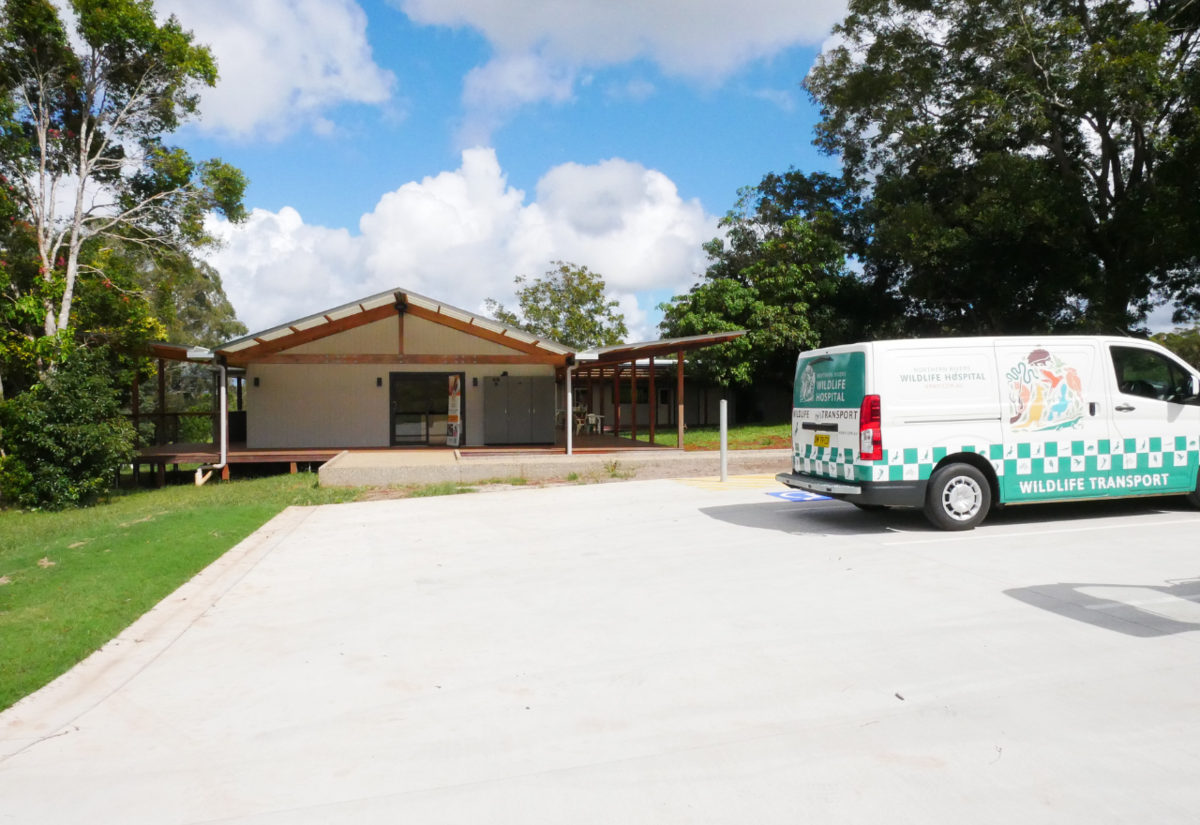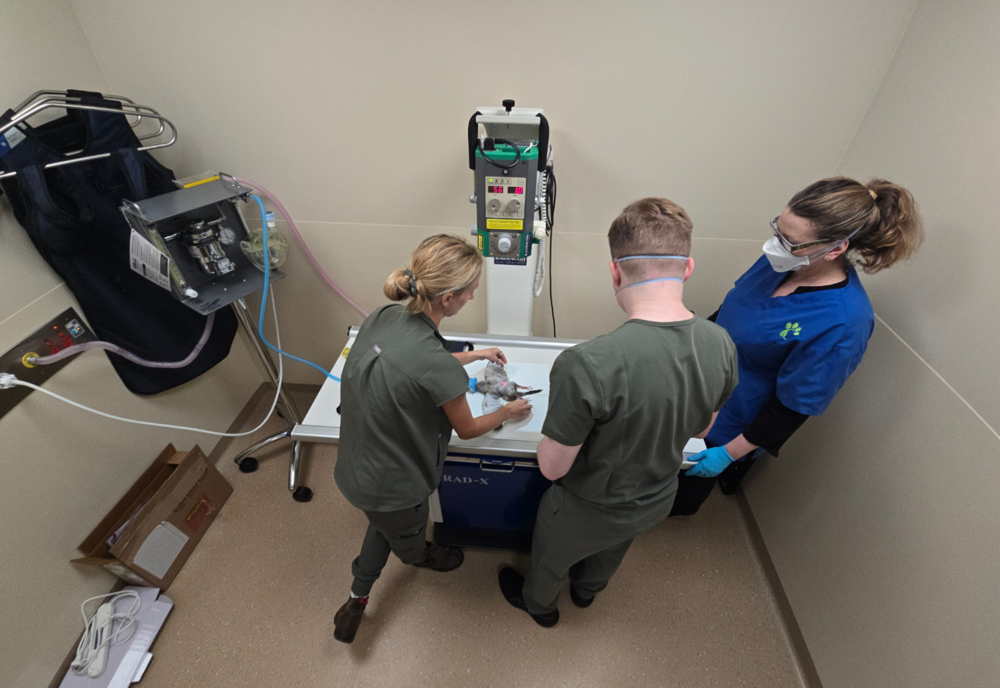Northern Rivers Wildlife Hospital opens — first patients receiving treatment
15 April 2025, 8:01 PM
 The completed NRWH building in Wollongbar. Photo: supplied
The completed NRWH building in Wollongbar. Photo: suppliedThe Northern Rivers Wildlife Hospital (NRWH) is officially open and treating its first patients —marking a historic moment for native animal care across the region.
Located on Crown Land on Lindendale Road in Wollongbar, a short drive from Lismore and Ballina, the facility is the first dedicated “bricks-and-mortar” wildlife hospital in the Northern Rivers.
It is purpose-built to provide urgent, specialised care for sick, injured, and orphaned native wildlife. The hospital is expected to treat around 5,000 animals each year, brought in from all seven local government areas.
“This is a dream come true for the region — and for every injured animal that now has a better chance of survival,” said NRWH Chair Madeleine Faught.
“It’s taken years of vision and community determination to reach this point. We’re incredibly proud to open our doors and start providing care — but there’s still a lot of work ahead.”
Already Saving Lives
Even before opening, the NRWH team had begun treating wildlife in collaboration with Vitality Vetcare, operating out of a temporary clinical space in Bangalow.
Over the past fortnight, they’ve cared for more than 40 native animals, including two rose-crowned fruit doves (a threatened species), a noisy pitta, a golden whistler, a white-faced heron, rainbow lorikeets, white-headed pigeons, tawny frogmouths, an eastern long-necked turtle, a blue-tongued skink, coastal carpet pythons, a ringtail possum, a mountain brushtail possum, black flying foxes and grey-headed flying foxes.

(NRWH staff preparing to take an x-ray. Photo: supplied)
With final Council approvals secured, the new hospital is now fully operational and accepting wildlife cases directly from carers, rescue groups, and members of the public — with treatment offered free of charge.
“We’re proud to offer this vital service at no cost to the people rescuing wildlife — but it will only be possible if we’re supported by local donations and all levels of government,” said Founding Director Dr Megan Kearney. “As we approach an election, we encourage the community to let their local representatives know how much they value this service — and want to see it well-funded now and into the future.”
The hospital also eases pressure on local vets, who often treat wildlife pro bono, and on wildlife rescue groups already stretched by a record number of calls for help.
A Regional Resource for All Wildlife
The facility is equipped to care for all species of native wildlife — from marsupials and reptiles to birds and flying foxes — and was developed in close consultation with wildlife carers and organisations. The NRWH will work in collaboration with other members of the Northern Rivers Wildlife Network and is designed to complement and support existing services, including local veterinary clinics and volunteer rescue groups.
As a community-owned, not-for-profit charity, the hospital is powered by volunteers, fundraising, and grants. Support to date has included:
- Federal Government Black Summer Bushfire Recovery Grant NSW Regional Koala Support Grant
- NSW Primary Industries Institute - Wollongbar
- Crown lands NSW
- Funding from local philanthropic donors and private foundations Support from the World Wildlife Fund Australia (WWF) Individual donations from community members
Looking Ahead – Building Stage Two
So far, fundraising has allowed for the completion of Stage One, but the next phase is crucial. Stage Two includes the development of a dedicated animal pathology and diagnostic lab, vital for managing emerging threats like avian influenza (bird flu) and koala retrovirus.
The hospital also needs to secure funding for outdoor enclosures for animals requiring intermediate care and rehabilitation.
“This hospital isn’t just about treatment — it’s about research and regional resilience. Our pathology centre will help identify and respond to the illnesses threatening some of Australia’s most iconic species,” explained Dr Megan Kearney.
The hospital will officially celebrate its opening with a community event in the coming weeks, inviting supporters, carers, and the public to tour the facility and learn more.

